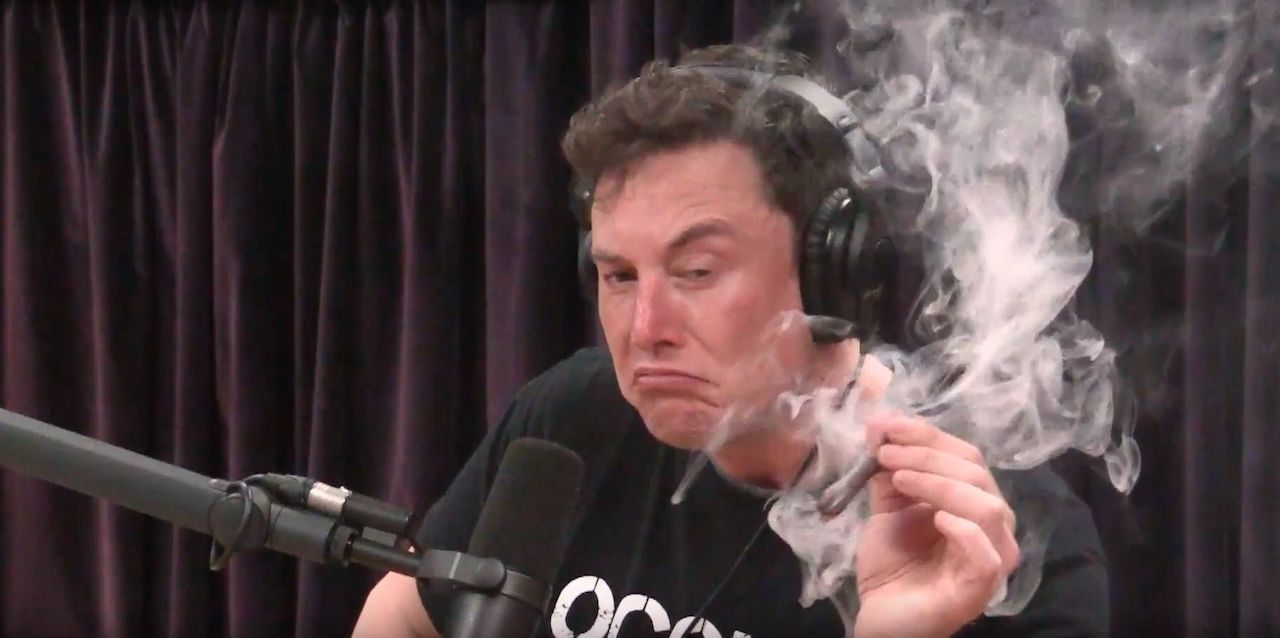Did Twitter perform a DDOS attack on itself?
At the beginning of last week, Twitter users suddenly started seeing error messages when using the app. “Rate Limit Exceeded” appeared on the screen. Twitter’s suggestion was to wait a while and try again later. However, that was to no avail. The problems with Twitter are not over at the moment. Big rounds of layoffs that put entire departments out of staff, a huge increase in hate speech, verification hassles and a company leader who plans live in a kind of “stream of consciousness” Tweet, without first thinking if that’s the time and place for it is.
It is therefore not surprising that Musk’s official story is now being questioned. According to Elon, the problems are due to the limits on viewing Tweets that he has spontaneously set. However, the timing is a bit strange. Exactly from July 1, the errors started to appear. Exactly the day Google had indicated that it would turn off the Cloud tap if Twitter would not pay the outstanding bill. Then there were programmers who noticed certain things while trying to get on the site. It seemed that Twitter was blowing up its own infrastructure with repeated attempts to reach the website via the app. Who would have thought that recklessly firing programmers working on critical infrastructure was a bad idea?
A temporary emergency measure
On July 1, Musk announced, of course via a Tweet from his personal account, that people who want to see more than 600 Tweets per day will now have to dock. According to Musk, it was in response to the large-scale “scraping” of Twitter data by “AI” companies. It’s a reasonable thought in itself. “AI” companies are often less than concerned with issues such as privacy and copyright when extracting training data. Twitter is certainly a rich resource for “AI” developers. So it’s reasonable that Musk doesn’t want Twitter users to be exploited in that way.
So the measure was introduced, with different restrictions for blue checks, unauthenticated accounts, new unauthenticated accounts, and non-Twitter users. The only question is how such a measure should solve this specific problem. An “AI” developer will be quite willing to shell out a few bucks a month if it means accessing the largest amount of posts (10,000 Tweets per day at the time of writing this article).
Or is something broken?
Musk’s story just doesn’t seem to fully explain Twitter users’ experiences. The error appears earlier on the screen for some than for others. Some unauthenticated users claim to have just been able to sit on Twitter all day with no repercussions. It seems more like something was simply not working properly behind the scenes at Twitter. Shocking, isn’t it?
That such an error would raise its head was in line with expectations. At the end of last year, an anonymous Twitter employee indicated during an interview that things had to go wrong at some point. “Things will go wrong more. Things will also be broken longer. Things will go more seriously wrong. Minor annoyances to start with, but as repairs are delayed more and more, things pile up until people just give up.” In the same article, Ben Kruger, who worked on Twitter’s trustworthiness, indicated that the public would begin to see the effects of these problems in about six months. He was not far off, we are now seven months further.
DDOS or overdue payments?
But what exactly goes wrong? A large number of Twitter users found it amusing that Google had simply pulled the plug. Google had previously indicated that it would deny Twitter access to Google Cloud as of July 1 if the company continued to default on its bills. Nevertheless, Linda promised that the bills would be paid on time and Google, if that is not the case, will at least not notice.
Another explanation for the problems was presented by web developer Sheldon Chang on Twitter rival Mastodon: A bug in the software causes Twitter to constantly send access requests to itself. When the website or app fails to connect to Twitter, it doesn’t stop there. Instead, the website/app just keeps trying. Chang shows what goes wrong in the attached videos. He also has an explanation for how this could have happened, these are circumstances for which Twitter was never developed. “Unbelievable, it’s amateur hour.”
More people laughed up their sleeve on that platform. Also on Bluesky, a decentralized Twitter alternative from Twitter founder Jack Dorsey, a former Twitter employee couldn’t hold back. According to Yoel Roth, this wasn’t the first time silly tinkering had major consequences. Incompetent management and incompetent and/or overloaded programmers may have resulted in an internal DDOS attack. Maybe everyone’s fog favorite android has laughed the hardest yet. Zuckerberg has already brought forward the release of his Twitter alternative.


